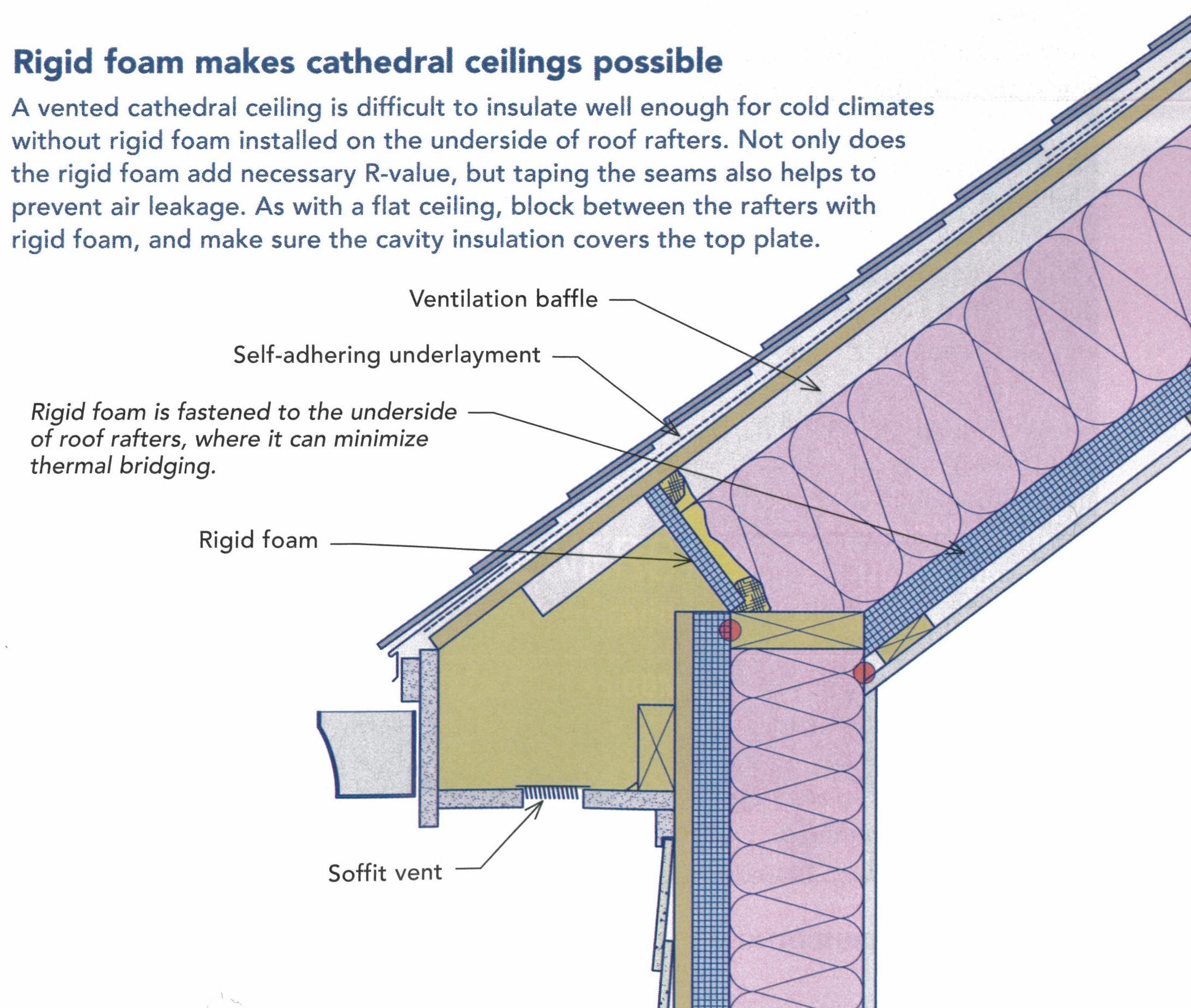Cold Flat Roof Construction Ventilation

In many cases cold roofs are used in storage spaces where there is no habitation occurring underneath.
Cold flat roof construction ventilation. The flat roof is finished in grp. Cold roof voids are generally always required to be ventilated. A ventilation gap usually 50mm should be. This significantly reduces the amount of rising heat and in turn condensation.
2011 code of practice for control of condensation in buildings stipulates that there should be a ventilation gap between the insulation and the bottom of the flat roof deck of at least 50mm. The enclosed void of a warm pitched roof may not require to be ventilated but this is usually subject to the requirement to install a fully sealed air and vapour control layer avcl in conjunction with an air open roof covering. This video shows the key features of a flat roof cold deck construction and how to draw the details to a scale of 1 10. I have an outbuilding which has a cold flat roof construction.
However there is currently no ventilation and i am concerned that during the colder months warm air from the room below will rise up and meet with the colder air forming condensation and water droplets. Hopefully this video will help explain the difference between cold flat roof construction and warm flat roof construction this videos show detailed drawings. However where vapour permeable or low resistance lr underlays are specified the levels required may be reduced. Why don t cold roofs need to be ventilated.
That means the rest of the roof is protected from heat. The ventilation system required for a cold flat roof must be installed during the construction of the roof itself. Ventilation for cold roofs. In a concrete deck for example this gap could be created by fixing 50x50mm timber battens at 600mm centres and attaching the insulation to underside of these battens.














































